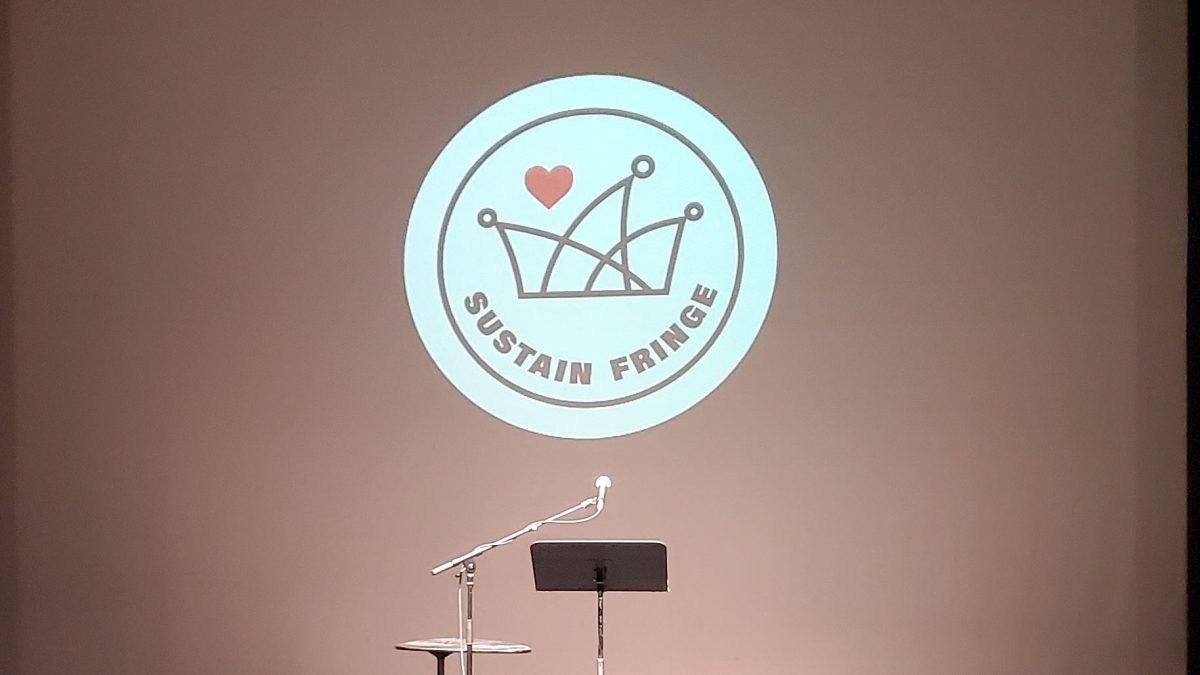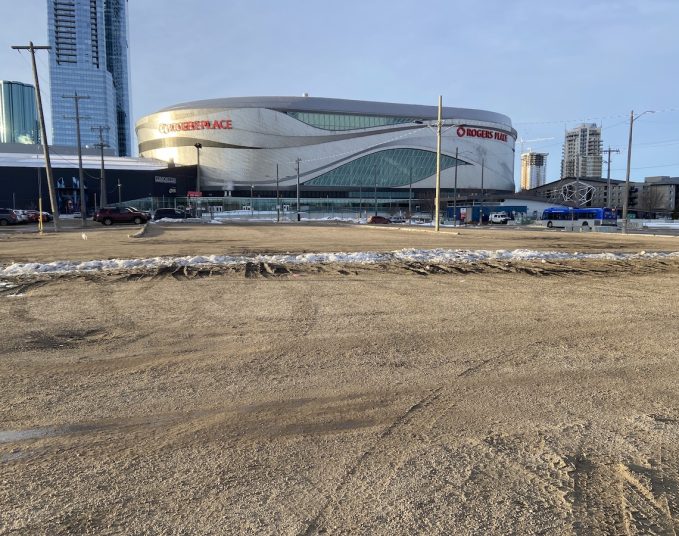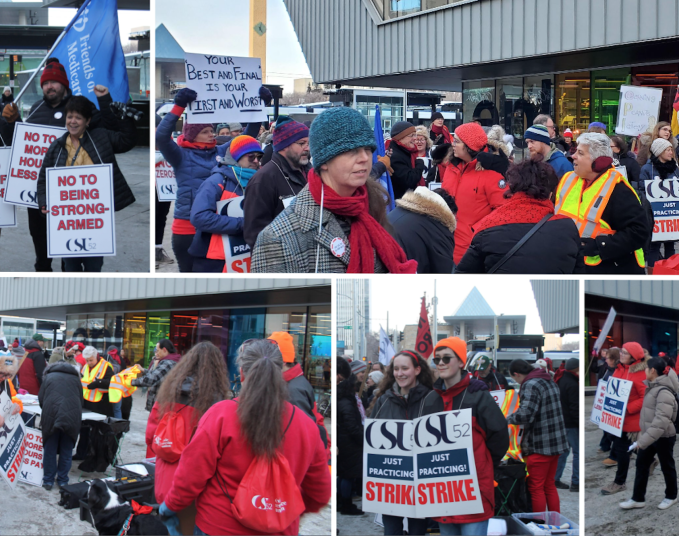The Edmonton Fringe Festival is among the most iconic theatre and arts festivals in the world. At 43 years old, it’s the longest running, and largest, fringe festival in North America and consistently ranks among the top five fringe events worldwide. Across its 11 days of activity, the festival draws more than 500,000 visits and generates some $16 million in economic impact and more than $1 million in revenue for participating artists. Frankly, our fringe festival punches way above our city’s weight.
And yet, earlier this week, officials from the Edmonton Fringe Festival announced the organization is under threat, facing heavy financial shortfalls (the full extent of which were not revealed) that will likely force the festival to significantly scale back its operations in the short term — and could threaten the future of the festival.
So, what gives? Why is this ostensibly successful cultural powerhouse — by all accounts an economic boon for the city — in such dire straits? The reasons are myriad and run the gamut of all the post-pandemic woes one might expect: skyrocketing operation costs in an inflationary economy, stagnant investment from business and patrons, and funding freezes and cuts from all three levels of government.
And they’re not alone. Both the Toronto and Vancouver Fringe Festivals announced they would be reducing the scope of festival operations this year by about a third, with Vancouver speculating whether its festival will survive beyond 2025.
“The arts industry is facing a crisis,” said Megan Dart, executive director of the Edmonton Fringe Festival. “Expenses are skyrocketing and funding is dwindling. Previously dependable revenues are not keeping pace with the cost of production. This rapidly evolving challenge is threatening the very fabric of our organization.”
It’s part of a troubling trend of closures and scaling back in the Canadian arts sector, which has seen a 25 per cent decrease in performing arts companies since 2019 and a drop of about a third in charitable donations, according to Nanos Research. In fact, giving to the arts post-pandemic now represents just 11 per cent of all charitable donations, according to the Council for Business and the Arts in Canada.
And while a large portion of that impact can be attributed to the economic uncertainty many Canadians are facing today — household incomes in Alberta are down 33 per cent over the past three years and the arts, entertainment and dining tend to be first on the chopping block when people are low on cash — it’s not the whole story.
Research carried out by the Rozsa Foundation — an Alberta-based philanthropic arts advocacy organization — found that not only are Albertans struggling to make ends meet, but they’re strapped for time and energy, too. According to the Rozsa Foundation’s Spotlight on Arts Audiences report, which studied arts audience attitudes and behaviour between 2020 and December of 2023, Albertans have just 15 hours of “free time” per week. In Edmonton, it shrinks to just 14 hours per week.
According to the report, that’s time Edmontonians squirrel away for recreation, fitness and hobbies. And with such little time to enjoy freely, Edmontonians are selective of how and where they spend that free time.
“There’s some information about the thresholds for investment,” said Dart. “Looking at both time and money as investments and as barriers of access to audiences. If ticket prices are too high, or show length is too long, those people aren’t going to take a risk on seeing a live performance in this current climate.”
Still, the Rozsa Foundation’s report found that Edmontonians are, writ large, still big supporters of the arts, with 42 per cent of them being considered a “core audience” that actively engages with the sector. But how they engage seems to have shifted, too.
“I think there’s less want to go out in the same capacity as there was pre-pandemic. I think home became a very comfortable place for many people and that’s part of the challenge,” Dart said. “But there’s also been a shift in how people want to engage with the arts.”
Take Rapid Fire Theatre, for instance. The Whyte Avenue theatre company has, for decades, been producing late-night theatre with showtimes starting as late as 10:30 and 11 p.m. But after conducting a recent audience survey, the results showed audiences — including younger demographics — were more interested in early showtimes of 7 and 9:30 p.m. — a change the theatre company is implementing this month.
“I think we’re seeing a shift in how folks go out and be social in the world,” Dart said.
Whatever the case — whether it be a keen eye on our wallets, frugal orders of government or just a newly acquired preference for an earlier bed time and the convenience of in-home entertainment — our current proclivities and financial predicaments pose a real threat to the longevity and vibrancy of the arts here in Edmonton. As something so intrinsic to our civic identity, I’m reminded of the John Keating quote:
“Medicine, law, business, engineering, these are noble pursuits and necessary to sustain life. But poetry, beauty, romance, love, these are what we stay alive for.”
Savvy AF. Blunt AF. Edmonton AF.




